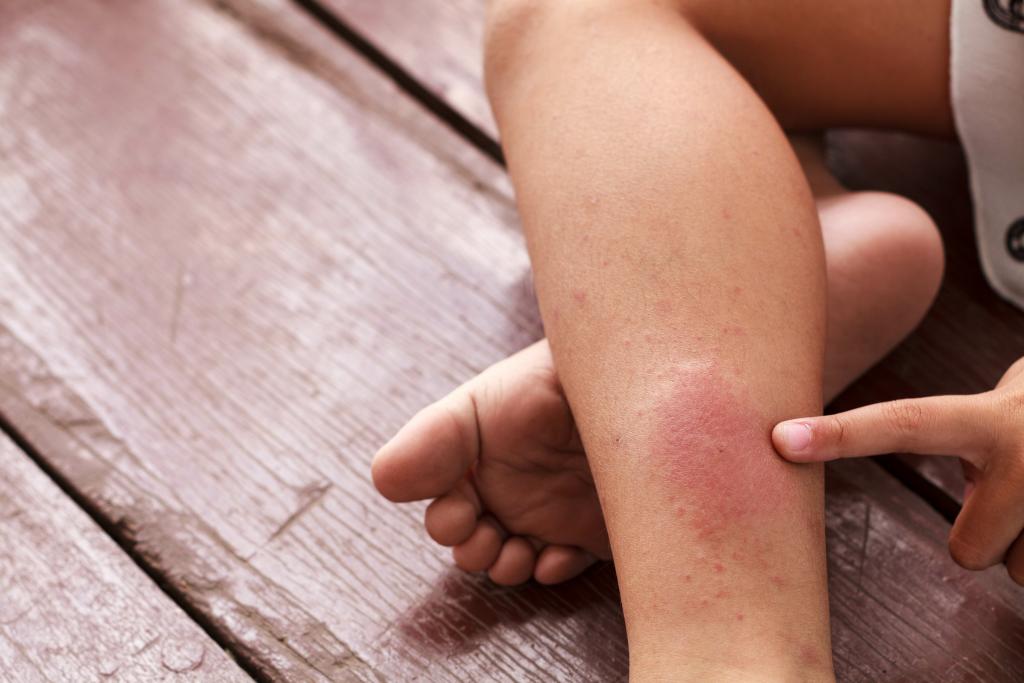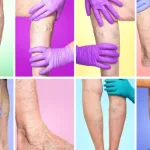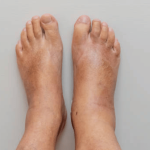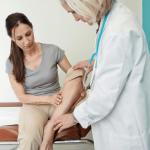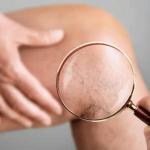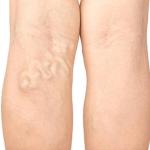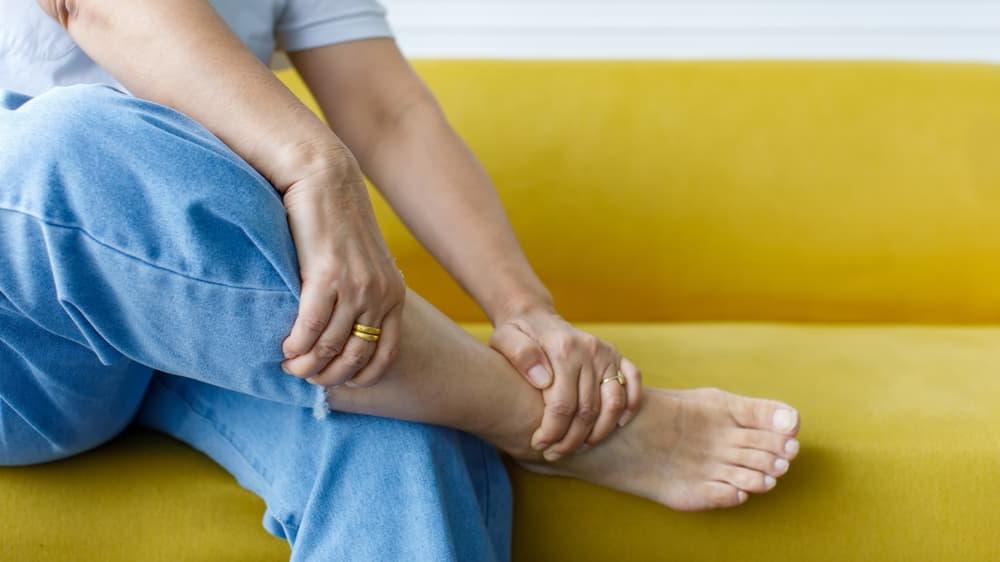
Topics Covered in this Blog:
- Venous Thromboembolism
- What Does a Blood Clot in Your Leg Feel Like?
- How to Reduce Your Risk for Blood Clots in the Leg
- Lower Your Risk for Blood Clots at USA Vein Clinics
Blood clots, also known as venous thromboembolism, are a relatively common, treatable occurrence. Blood clots are considered a serious health issue. Understanding the signs and symptoms of blood clots can help you know when to seek treatment.
If you suffer from vein disease, your risk of developing blood clots in the legs is increased. Chronic venous insufficiency causes blood to pool in the veins instead of flowing properly back to the heart. Know your risk factors, symptoms, and potential complications of venous thromboembolism. For additional information, schedule a consultation with a vein specialist.
Schedule Your Consultation Here
Venous Thromboembolism
While anyone can develop a blood clot in the leg, some significant factors increase your risk. The most significant risk is a recent surgery or hospitalization. Being immobile can also raise your risk.
Other risk factors for developing blood clots in the leg include:
- A recent injury to the leg
- Underlying health conditions such as heart disease, high blood pressure, or cancer
- Taking oral contraceptives or hormone replacement therapy
- Smoking
- Being obese or overweight
- A history of blood clots
- Varicose veins
Varicose veins are a sign of vein disease, or venous insufficiency. Vein disease develops when tiny, one-way vein valves are placed under strain, become damaged, and malfunction.
Vein disease mainly affects the legs. This is because when veins struggle to carry blood to the heart against gravity, blood can begin to pool. When this occurs, your veins expand and develop into varicose veins. Common vein disease symptoms include:
- Swelling in the legs, ankles, and feet
- Tired, aching legs
- Burning in the calf or thigh
- Leg pain that improves with walking or elevation
- Itchy, dry skin
- Numbness or tingling sensations
- Difficulty standing for prolonged periods
- Non-healing leg wounds
- Varicose veins and spider veins
If you believe you might have vein disease, we recommend consulting a vein specialist for a complete medical evaluation.
Suppose you are at risk for venous thromboembolism due to any of the above factors, including vein disease. In that case, you may benefit from close monitoring and minimally invasive vein treatment performed by a vein specialist. Some signs of a blood clot can also be noticed on your own.
OUR COMPLETE GUIDE TO UNDERSTANDING BLOOD CLOTS
What Does a Blood Clot in Your Leg Feel Like?
Not every blood clot will cause symptoms, however, common symptoms include:
- Swelling in the leg or arm: Swelling can be mild or severe. It can happen on one side only and can cause pain or discomfort.
- Leg pain: Some patients have reported pain or cramping in their leg. You may also experience tenderness in the region.
- Skin discoloration: A blood clot in the leg can cause the skin to look red or darkened, which can be difficult to spot if you have a darker skin tone.
- Skin that is warm to the touch: If you notice warmth in a specific area of the body, especially when accompanied by other symptoms, you may have a blood clot.
Since some blood clots in the legs can feel similar to a pulled muscle or cramp, it is important to seek medical evaluation when symptoms are present. Prompt treatment can help prevent a blood clot from becoming more severe.
When a blood clot such as deep vein thrombosis is left untreated, it can lead to a life-threatening condition called pulmonary embolism. This is when a piece of the clot breaks off and travels to the lung. Symptoms of pulmonary embolism can include:
- Sharp chest pain that worsens when you breathe deeply
- Rapid heart rate
- Unexplained shortness of breath
- Sudden cough, sometimes accompanied by bloody mucus
Pulmonary embolism is a medical emergency that requires immediate treatment. If you are experiencing symptoms, call 911 or head to the nearest emergency room.
How to Reduce Your Risk for Blood Clots in the Leg
Some risk factors of blood clots can’t be controlled. However, there are some things you can do to reduce your risk. These recommendations include:
- Maintain a healthy lifestyle
- Avoid long periods of standing or sitting
- Quit smoking if you smoke
- Wear compression socks
- Manage health conditions
- Schedule an appointment with a vein specialist
- Consider vein treatment, when appropriate
If you do have a blood clot in your leg, it’s important to receive treatment for it. Treatment for a blood clot can reduce your risk of developing a life-threatening emergency.
PREVENT BLOOD CLOTS IN LEGS WHILE TRAVELING: TIPS AND TRICKS
Lower Your Risk for Blood Clots at USA Vein Clinics
To prevent blood clots in the leg from developing, see a vein specialist at USA Vein Clinics. Our doctors can evaluate your overall vein health and make personalized treatment recommendations.
Our experts offer minimally invasive, office-based vein treatments for varicose veins, spider veins, restless legs, and other venous issues. Our treatments can alleviate painful and uncomfortable vein disease symptoms, reduce the risk of blood clots and venous ulcers, and improve your quality of life.
With minimally invasive vein treatment, there is no need for a hospital stay, surgery, or lengthy recovery. Most patients leave immediately afterward and return to their normal daily activities. Our specialists provide vein treatment at 168 locations nationwide and also offer virtual appointments for convenient consultations. To get started, connect with a specialist today at 888.768.3467 or schedule an appointment online.
*Last Reviewed 12/5/2024

